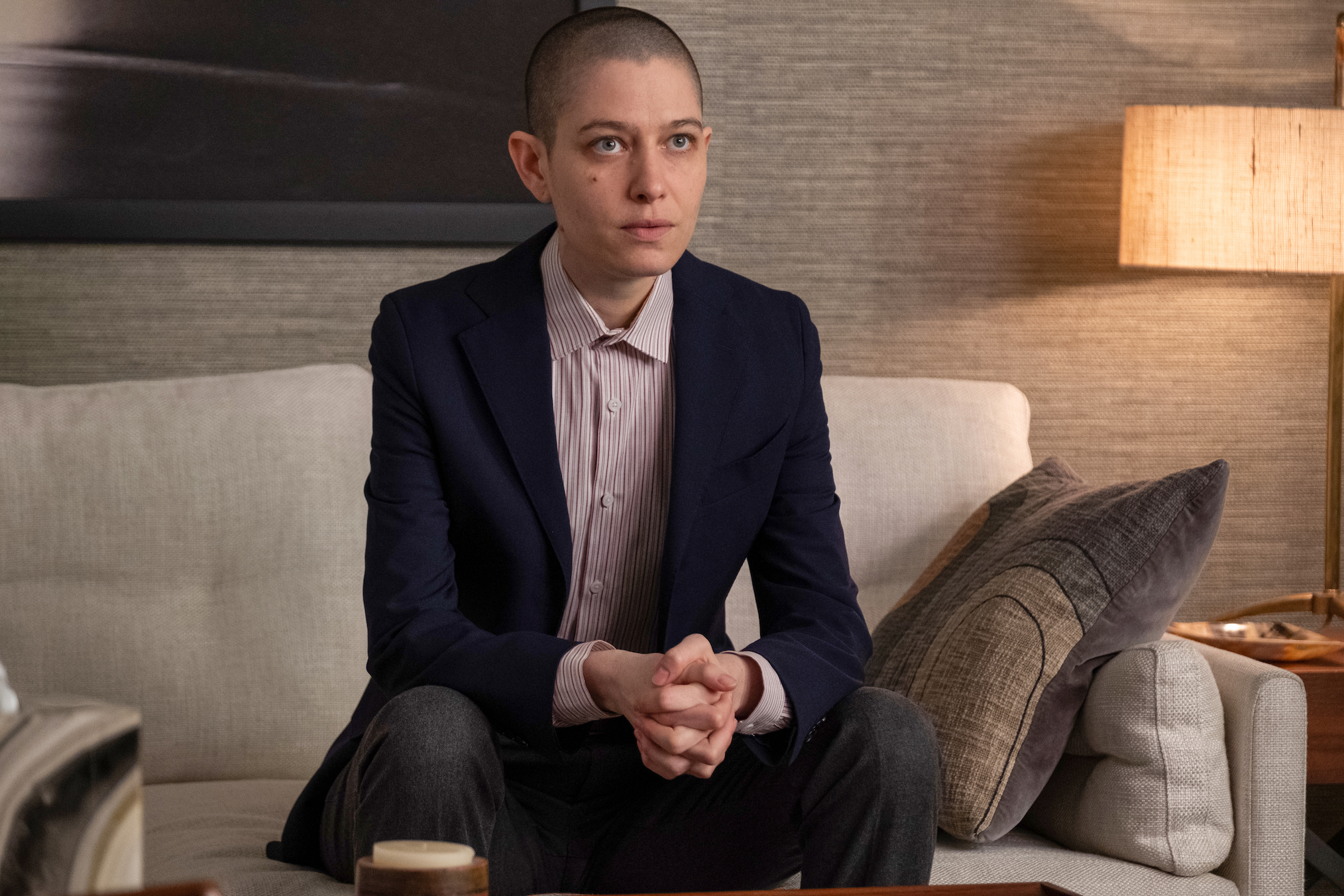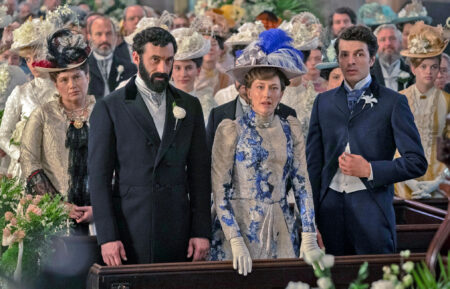White Men (No Surprise) Are Overrepresented on Our TVs: Nielsen Report

It’s a good time to be a cisgender white male working in television. New research from Nielsen shows how cis white men continue to be overrepresented on TV to the exclusion of other groups, especially women of color.
For its new report, “Being Seen On Screen: Diverse Representation & Inclusion on TV,” the media research firm analyzed the top 100 programs from 2019 on each of three platforms — broadcast, cable, and streaming — and then found the percentage of representation of the top 10 recurring cast members by identity group, weighted by episode occurrence and viewing minutes. While the data showed that the TV landscape has become more inclusive, many identity groups are still underrepresented.
“As our nation’s demographics become more diverse, the call for more authentic content, reflecting real people and real life is louder than ever,” David Kenny, Nielsen’s CEO and chef diversity officer, says in the report. “From#oscarssowhite, to the record number of diverse Emmy winners to the increase in corporate commitments to improving representation; the media industry is answering. Still, there is room for improvement.”
Here are some major findings from the research:
-
- White people and males are the best-represented identity groups on television. White people, for starters, have an 81% “share of screen” — their representation among shows’ top 10 recurring cast members — even though white people make up only 60% of the U.S. population.

FX’s ‘Pose’ (JoJo Whilden/FX)
- Streaming is the only platform in which males and females are almost represented equally —51.1% and 48.9%, respectively. On cable, males have 62.2% representation and, on broadcast, they have 66.9% representation.
- Women make up 52% of the U.S. population but appear on TV screens only 38% of the time.
- Nearly one-third of cable TV content doesn’t represent people of color, women, or LGBTQ individuals proportional to their share of the population.
- Only three identity groups had strong representation on cable television: LGBTQ females, Native American/Pacific Islander males, and white males.
- Black women are consistently underrepresented on television relative to Black men. In LGBT-themed stories and content, for example, Black women have a share of screen 14 times less than that of Black men.

‘A Million Little Things’ (ABC/Jack Rowand)
- Hispanic people’s share of screen is only 5.5%, even though they make up 18.8% of the U.S. population.
- Latinx people have higher visibility in thrillers, dramas, and action-adventure TV shows than in other genres, but no genre represents Latinx populations well.
- Native Americans are the lowest-represented identity group—0.4% across all television.
- Only 2.3% of the top 300 programs on television have nonbinary representation.

‘Billion’s (Jeff Neumann/Showtime)








